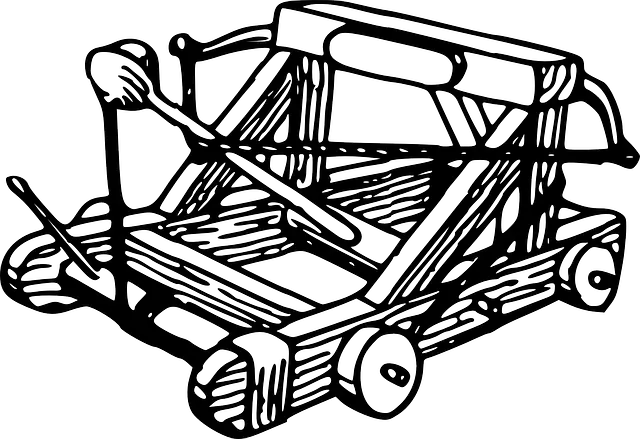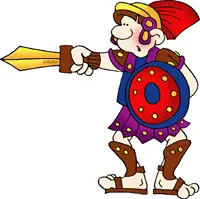Roman Military
 Background: Roman Empire owed much of its grandeur to the highly professional and disciplined Roman military. Roman military played the central role in the expansion of the empire.
Background: Roman Empire owed much of its grandeur to the highly professional and disciplined Roman military. Roman military played the central role in the expansion of the empire.
From its early days of a non professional unsalaried militia to the republic and imperial era professional and salaried army, Roman military was the single biggest force that carved the final shape of the empire.
In its initial days, Roman legions fought off local warlords and adversaries to protect Rome against existential threats and later went as far as Parthia (modern day Iran) in east, Britannia in west and Tunisia in North Africa, to fight expansionist wars. At its peak, Roman military was the most fearsome fighting machine in the world, driven by meticulous strategy of its military leaders, efficiently maintained supplied lines, training and equipment.

Structure: Roman military comprised of two main branches, legions and auxiliary. Legions were units comprising of exclusively Roman citizens and auxiliary were non-citizen military units.
During the early days of kingdom and republic, Roman military relied entirely on the citizen population for recruitment. However, with the rapid expansion of empire, the need for a bigger force compelled Roman military thinkers to allow non-citizen inhabitants of the empire to be inducted in military. However, separate units were formed for them.

Legions: Legions were citizen military units. A legion typically comprised of five thousand men. A legion was further divided in smaller unites of five hundred men, called cohorts. Legions were normally the elite heavy infantry. A legion’s command was considered an honor and a very influential position.
The overall commander of a legion was called a ‘Legion Legate’ (Legatus Legionis) who was normally a senator appointed by the emperor himself. In Roman provinces with only one province, Legion Legate also served as the governor or imperial legate. He held the post for three to four years. He also held command of auxiliary units attached with his legion.

Auxiliary: Auxiliary units were the non-citizen military units. They comprised of non Roman inhabitants of the empire. Over 90 percent of Roman population was non citizens. Auxiliaries provided a roaring majority of cavalry, archers and specialist troops.
An auxiliary unit comprised of five hundred troops. It has been reported that from the very early days of imperial era, Roman auxiliaries were equal in number to the legions. Some historians have written that at the time of emperor Augustus’ death, Roman military comprised of 50 legions (125,000 men) and 250 auxiliary units (125,000 men).
An auxiliary was expected to serve for at least twenty five years, at the end of which he was granted Roman citizenship as an honor. Auxiliary units were under the direct command of the legion legate of the legion they were attached with. However, junior level commanders were appointed from within the auxiliary rank and file.

Famous Roman Military Leaders: Roman military’s success was a result of a number of brilliant military minds who commanded it. Famous military commanders of Rome include Flavius Aetius who repelled barbaric Huns attacks on Roman territory during the later period of western Roman Empire, Mark Antony who played an important part in invasion of Gaul, Julius Caesar a dictator and general who spelled demise of republic, Pompey the great and Scipio Africanus, who defeated the brilliant Carthaginian general Hannibal at the Battle of Zama.

Downfall of Roman Military Might: Roman military started to decline as an effective force after the auxiliary forces outnumbered legions. The requirement of larger military was felt after the imperial territories expanded and citizens alone could not fill the military ranks. The auxiliary units were filled with non professional mercenaries from non citizen population, who neither had the discipline nor the motivation to fight for the empire. The dwindling state of discipline adversely affected the performance of Roman military and it was no longer a force it once was.



